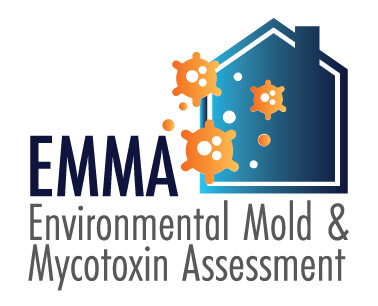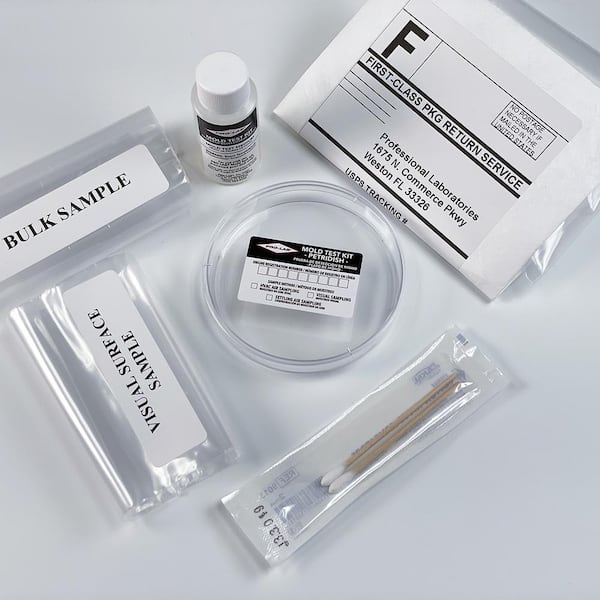Choosing the Right Mycotoxin testing Services for Your Business
Choosing the Right Mycotoxin testing Services for Your Business
Blog Article
Exactly How Mycotoxin Screening Helps Stop Contamination and Safeguard Food Products

Mycotoxin testing is an essential technique in the food sector, working as a frontline protection versus contamination by dangerous contaminants produced by molds. With the application of innovative strategies like High-Performance Fluid Chromatography (HPLC) and Fluid Chromatography-Mass Spectrometry (LC-MS), food manufacturers can precisely identify and measure mycotoxin degrees in agricultural items. This positive method not just makes sure compliance with rigorous security policies yet likewise reduces wellness dangers to consumers. Normal testing strengthens brand reputation and monetary health by minimizing contamination-related events. How precisely do these testing methods integrate right into the wider food safety and security technique?
Understanding Mycotoxins
Comprehending mycotoxins begins with acknowledging that they are hazardous additional metabolites generated by specific mold and mildews, which can pollute agricultural products. These metabolites are not important for the growth or reproduction of the fungis yet can have extreme effects for animal and human health and wellness. Mycotoxins are frequently discovered in staple crops such as corn, wheat, barley, and nuts, where they can proliferate under specific conditions of dampness and temperature level.
There are numerous sorts of mycotoxins, each created by different fungal species. Aflatoxins, generated by Aspergillus varieties, are amongst the most notorious, known for their cancer causing residential or commercial properties. Another significant team consists of ochratoxins, created by Aspergillus and Penicillium types, which have nephrotoxic results. Fusarium types produce trichothecenes and fumonisins, both of which are related to various acute and persistent health and wellness problems.

Dangers of Mycotoxin Contamination
The risks of mycotoxin contamination are multifaceted, posing substantial hazards to both food security and public health and wellness. Mycotoxins, harmful compounds generated by particular sorts of fungi, can infect a large variety of agricultural items consisting of cereals, nuts, spices, dried out fruits, and coffee. As soon as these toxic substances penetrate the food supply, they can cause severe health concerns such as liver damages, kidney failure, and even cancer cells. Prone populations, consisting of kids, the senior, and immunocompromised individuals, are particularly in danger.
Financial effects are an additional significant issue. Contaminated crops can lead to considerable financial losses for farmers and food manufacturers due to minimized yields and the demand for expensive purification steps. In addition, international profession can be significantly impeded as nations enforce strict mycotoxin guidelines to shield their populations, causing turned down deliveries and stretched trade connections.
Ecological factors such as climate change intensify the danger of mycotoxin contamination. Variations in temperature level and moisture can develop favorable conditions for fungal growth, increasing the likelihood of contamination events. Thus, understanding and reducing these risks are vital for ensuring the safety and integrity of global food supplies.
Approaches of Mycotoxin Examining
Accurately identifying mycotoxin contamination in farming items is essential for protecting public health and maintaining food safety criteria. Numerous approaches are utilized to discover and measure mycotoxins, each offering certain advantages and restrictions.
High-Performance Liquid Chromatography (HPLC) is a widely made use of approach as a result of its high level of sensitivity and accuracy. It includes separating mycotoxins from various other compounds in a sample, enabling exact metrology. Likewise, Liquid Chromatography-Mass Spectrometry (LC-MS) incorporates fluid chromatography with mass spectrometry to offer comprehensive molecular information, making it particularly valuable for determining several mycotoxins concurrently - More about the author Mycotoxin testing Services.

Gas Chromatography-Mass Spectrometry (GC-MS) and Thin-Layer Chromatography (TLC) are likewise utilized, each with distinct applications. GC-MS is efficient for unstable mycotoxins, while TLC offers a simpler, cost-effective choice for initial screening.
Benefits of Regular Testing
Normal screening for mycotoxins in agricultural products offers countless advantages, substantially adding to public health and food safety and security. By recognizing contamination early, routine testing helps protect against the circulation of harmful foods, thereby reducing the threat of mycotoxin-related health problems among consumers. This aggressive technique not only safeguards human health yet additionally improves the total high quality of food supplies.
Regular testing also sustains regulatory conformity. Different nations and regions have actually developed rigid restrictions for mycotoxin levels in food and feed. Following these limits via routine screening makes sure that providers and manufacturers meet lawful requirements, thereby preventing penalties and trade obstacles. Furthermore, keeping compliance cultivates consumer depend on and brand name credibility, which are critical for market success.
In addition, regular mycotoxin testing can result in considerable financial advantages. Early discovery of contamination permits prompt treatment, lowering potential losses from extensive contamination. Carrying out normal screening protocols can likewise lessen recall prices and associated responsibilities, which can be monetarily ruining.
Additionally, regular testing offers important data that can inform better agricultural practices and storage conditions. By understanding patterns of contamination, producers can take on safety nets, thereby lowering future risks and adding to the sustainability of the food supply chain.
Carrying Out Evaluating Protocols
Implementing effective mycotoxin screening procedures is critical for making sure the security and quality of agricultural items. Developing a robust screening structure includes multiple vital actions, starting with the recognition of possible contamination factors within the production and supply chain. This includes pre-harvest, post-harvest, storage space, and distribution phases. Each stage should be scrutinized to pinpoint where mycotoxin contamination is more than likely to happen.
As soon as important control points are recognized, choosing suitable testing approaches is necessary. Common strategies consist of enzyme-linked immunosorbent assay (ELISA), high-performance liquid chromatography (HPLC), and mass spectrometry (MS) Each approach has its staminas and weak points; thus, picking the appropriate one relies on the details mycotoxin being evaluated, the required level of sensitivity, and offered resources.

Finally, incorporating the testing protocols into an extensive food security administration system is advisable. This enhances traceability and enables quick corrective actions when contamination is identified, consequently securing the stability of the food supply chain.
Conclusion
Mycotoxin screening is necessary in stopping contamination and safeguarding food supplies by allowing early discovery of damaging contaminants created by mold and mildews in agricultural products. Advanced approaches such as HPLC and LC-MS ensure conformity with safety and security policies and shield consumers from health and wellness threats. Regular testing improves brand name reputation, monetary security, and count on food security by lessening contamination-related losses and maintaining high standards in food production. Applying rigorous testing procedures is therefore essential for the market's general health.
Mycotoxin testing is a vital practice in the food sector, serving as a frontline defense versus contamination by harmful toxins generated by mold you can try here and mildews. An incorporated strategy entailing farming techniques, storage space monitoring, and normal screening can minimize the threats connected with mycotoxin contamination, making sure food safety and security and public wellness.
The threats of mycotoxin contamination are complex, posturing substantial dangers to both food safety and security and public health and wellness.Routine testing for mycotoxins in agricultural products supplies many advantages, considerably contributing to public wellness and food security.Mycotoxin testing is essential in protecting against contamination and securing food materials by enabling very early detection of harmful contaminants created by mold and mildews in farming products.
Report this page